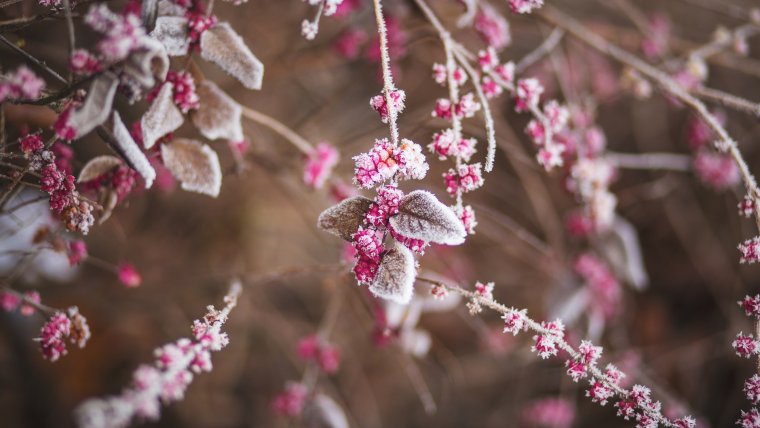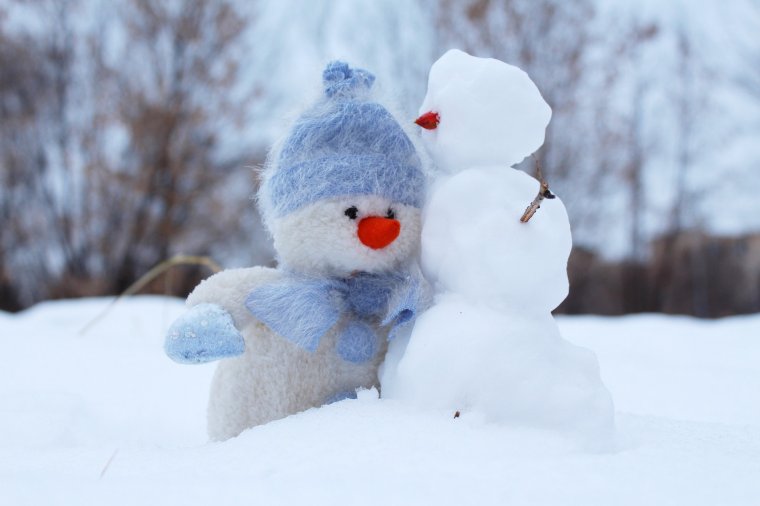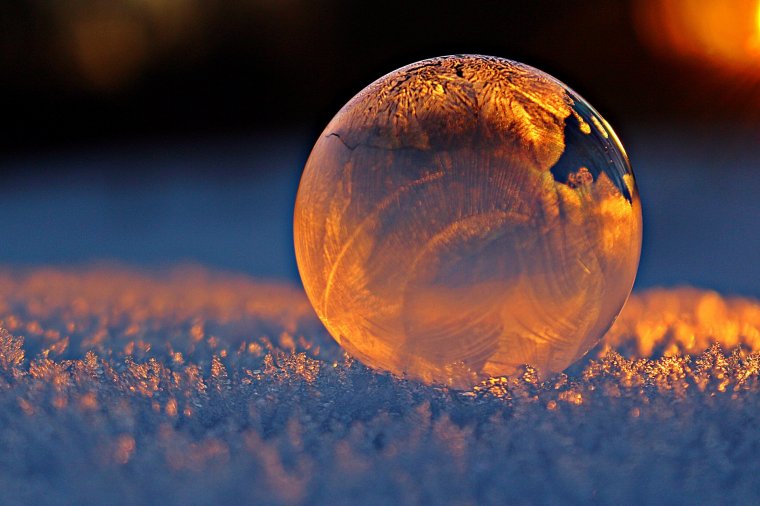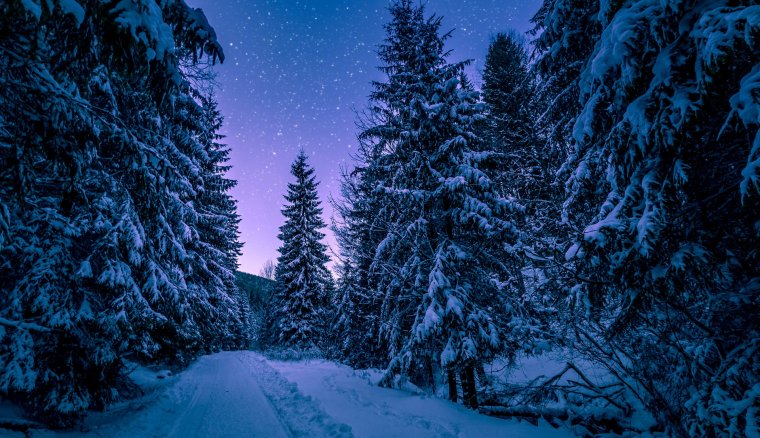
Its that time of the year when we breathe and see our breath right in front of us, lose sensation in our fingers and feel our ears getting numb. If you’re guessing then you’ve guessed right, it’s winter. I can only imagine only a handful of people are actually happy about winter while the rest of us are reluctantly leaving our homes or apartments to deal with snow and temperatures that match just about the same in our freezers. It makes you question as to why anyone would enjoy this. Nonetheless, we still have magic to create amazing images for people to see, so as photographers we won’t let some snow and frigid temperatures hold us back. We would much rather use it to our advantage and create some amazing shots and in this article, I will be sharing with you some tips that will help you be prepared for this winter season.
Table of Contents
As is ridiculous as it may sound, the temperatures outside will have a lot to do with how long your batteries last and this is subjective to pretty much about anything on your person that is battery operated. If you have an iPhone or Andriod device in temperatures in the negatives then you can expect to see a drastic change in battery life and phone usage. The same principle applies to the batteries in your camera.

On a regular day, a full change would enable you to get a few hundred shots and some but in winter that will drop to about 50-65% less than what you expected. So instead of being able to get 400 shots until your memory card is full and your batteries die, you may just be able to get 150 or 200 the most. Keep your batteries close and provide them with enough body heat so you can get the full use of them while you’re out.
I’ve experienced this quite a few times and was honestly confused when it first happened because I couldn’t shoot until it cleared up and no matter what I was doing it the fog would not go away until I waited about 15 minutes which was ridiculous. Shooting in freezing temperatures can be a pain if you’re not careful as to what you’re doing. If you decide to rush into a warm environment without packing up your lens properly then you may end up having to wait those 15 painful minutes and potentially miss an important shot. To avoid this simply place your camera in your bag with the lens cover on before you rush to get warm.

Shooting outside in the winter without gloves is a recipe for disaster so you should make sure to consider some photography friendly gloves before heading out into the cold. You can find these gloves online that will provide a proper grip for holding your camera combined with a material and design that doesn’t make it any harder to shoot. I would advise you not go into just any store and pick up a pair of gloves as some of them might not enable you to hold your camera properly or adjust your settings while shooting. Yes, your hands might be warm but they won’t be as functional as you need them to be.

Similar to doing photography in the rain, you want to apply the same principle to snow as well. Make sure to keep your gear dry by having a snow cover. The snow cover will help to keep your gear dry and minimize any possible liquid residue from damaging your equipment. You should be able to find a snow cover without breaking the bank as it is a worthy investment than having to replace any gear later down the line.
If your camera just happens to get covered in snow while you’re shooting, it’s important to dry it off as soon as you get into a warm environment. Make sure to have a microfiber cloth or towel and let your camera sit in for a few hours so it can absorb any extra moisture that might be there. Failure to do this will result in small liquid residue getting into the electrical components of your camera and basically destroying it. I’m sure you don’t want this, so make it a priority to keep your camera dry.

I’ll save the most important tip for last and urge you to keep yourself warm. There is no fun in doing winter photography while you’re shivering and hardly function. Remember to layer up or invest into a great winter photographer’s jacket or coat that will ensure you’re not freezing when outside. In addition to a good winter coat, you’ll need some great boots as well to help you not slip and slide all over the place when you’re shooting. Once you’ve acquired all these things and prepared yourself enough then you’re just about ready for a fun day of shooting in the winter.
Comments (0)
There are no comments yet.